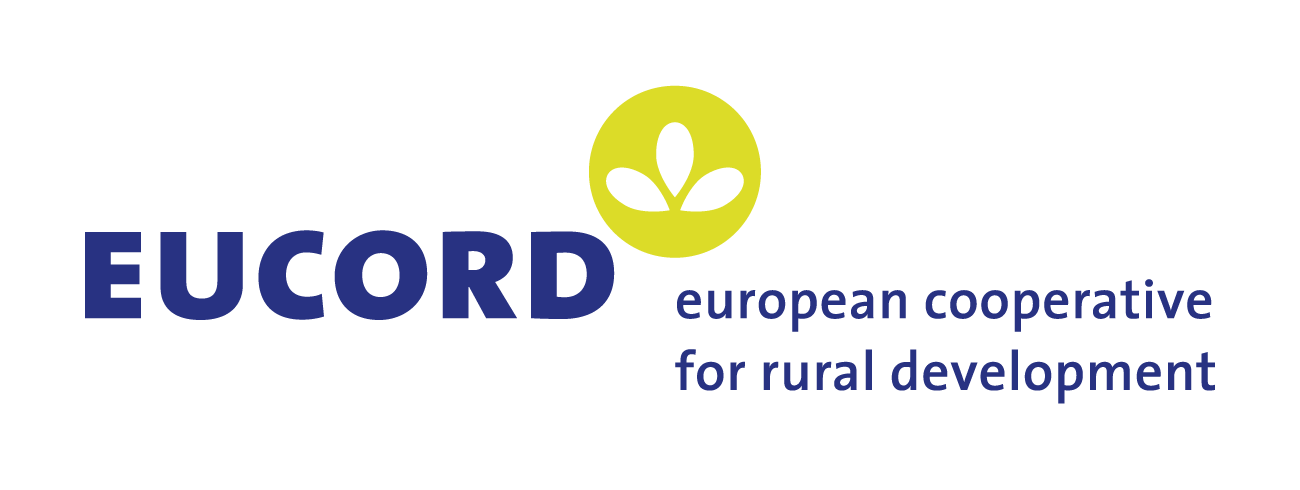Kenya Sorghum Value Chain Development, 2012-15
Donors:
European Union; National Drought Management Authority (NDMA)
Partners:
Cooperative League of United States of America (CLUSA); Community Micro-enterprise for Hope Africa (COMEHA); CARITAS Meru; PanAAC; Weaverbird; Mwalimu Enterprise; PM Enterprise; Sorghum Pioneer Agencies; Kimendi Investments; Shalem Investments; Gibson Wachira; Kenya Agriculture and Livestock Research Organization (KALRO); State Ministry of Agriculture; Country Departments of Agriculture and Live Stock; East African Breweries Limited (EABL); Jomo Kenyatta University of Agriculture and Technology; The Eastern African Grain Council (EAGC).
Goals
To achieve sustainable rural development and agricultural growth in semi-arid counties in Kenya, including Makueni, Embu, Kitui, Tharaka Nithi and Meru. More specifically, the project aimed to: a) improve the level of food security and living standard of sorghum farmers in semi-arid areas by quantitative and qualitative increases in sorghum production; b) increase agricultural production and income of farmers to reduce food dependency in these areas; and c) support structuring of producer organizations and their integration into the sorghum value chain and strengthen marketing capacity of producers through the establishment of a public-private partnership.
What we do
The project identified four different result areas. In result area I, we introduced new sorghum varieties as well as the technologies including soil and water conservation practices to the farmers. Farmers were trained on best sorghum production and post-harvest handling practices. Economic analyses of alternative cultivation practices were also conducted. In result area II, the project identified and mobilized groups and farmers and strengthened the technical and organizational capacity of farmer groups and nucleus farmers. Identification, formation, and training of village level credit groups were also carried out to improve access to seed, fertilizers and other inputs. In result area III, the project developed and tested contract templates for the intermediary agent and nucleus farmer, nucleus farmer and out-growers, as well as nucleus farmer and input providers. We also assisted nucleus farmers with the development of business plans through workshops and individual consultation. Access to short-term credit was facilitated for input delivery and long-term credit for equipment. Lastly, in result area IV, we facilitated discussions amongst agro-processors, agro-dealers, and/or wholesale traders, intermediary purchasing agents and producers’ associations in order to identify long-term contract mechanisms between actors in the sorghum supply chain. We assisted agro-dealers and intermediary buying agents to develop business plans and facilitated access to credit. Last but not the least, warehouse receipt procedures were introduced to farmers.
Accomplishments
According to the EU's Head of Cooperation EUCORD's project was successful in that it largely improved the livelihood and food security of households in the Kitui, Makueni, Embu, Meru and Tharaka ASAL counties through increasing the productivity of sorghum, organizing producer groups and facilitating input and output marketing access and credit access and through strengthening collaborations with local private sector producers. He also noted that the project‘s cumulative achievements overpassed by over 50% of the planned targets in terms of number of households recruited for the project, the acreage placed under sorghum farming, the quantity of improved seed distributed, the number of producer organizations, farmers and credit groups trained and the tonnage of sorghum harvested and sold to EABL and other buyers.

